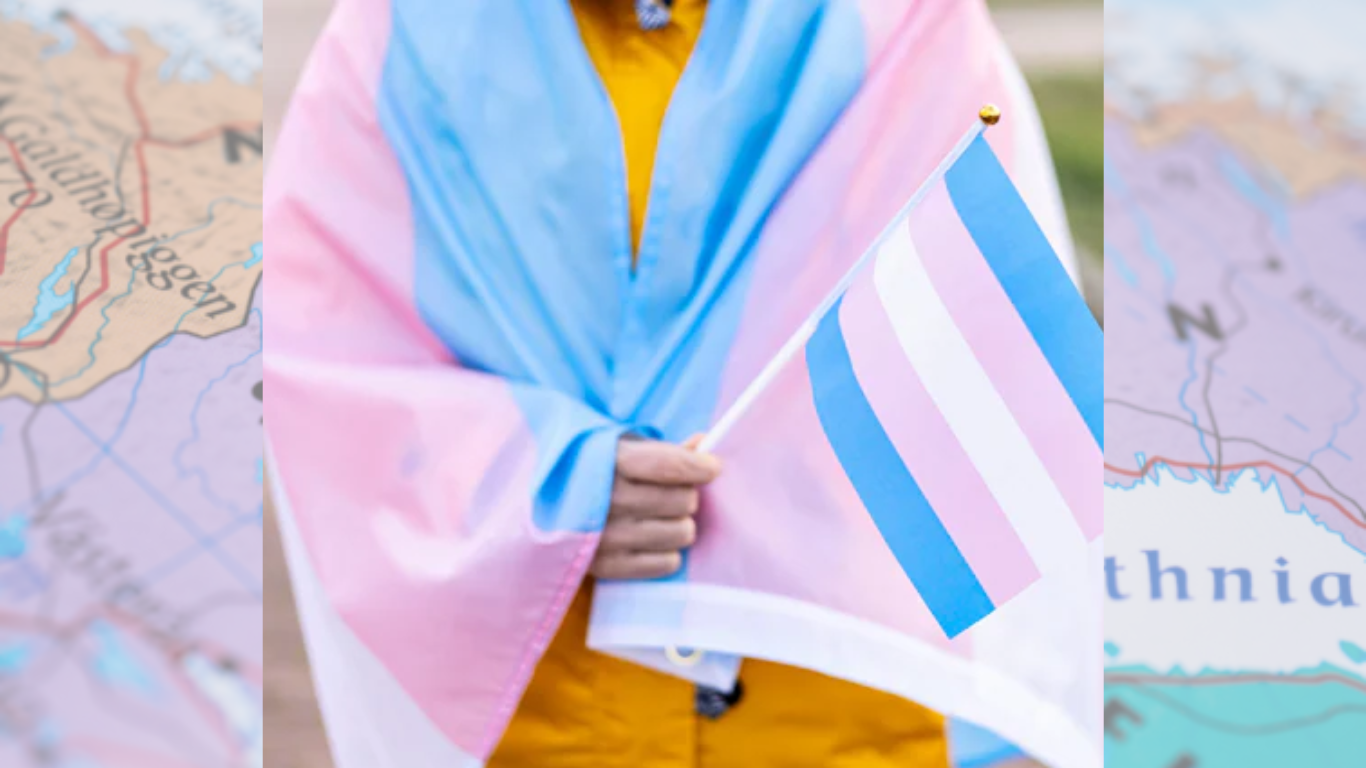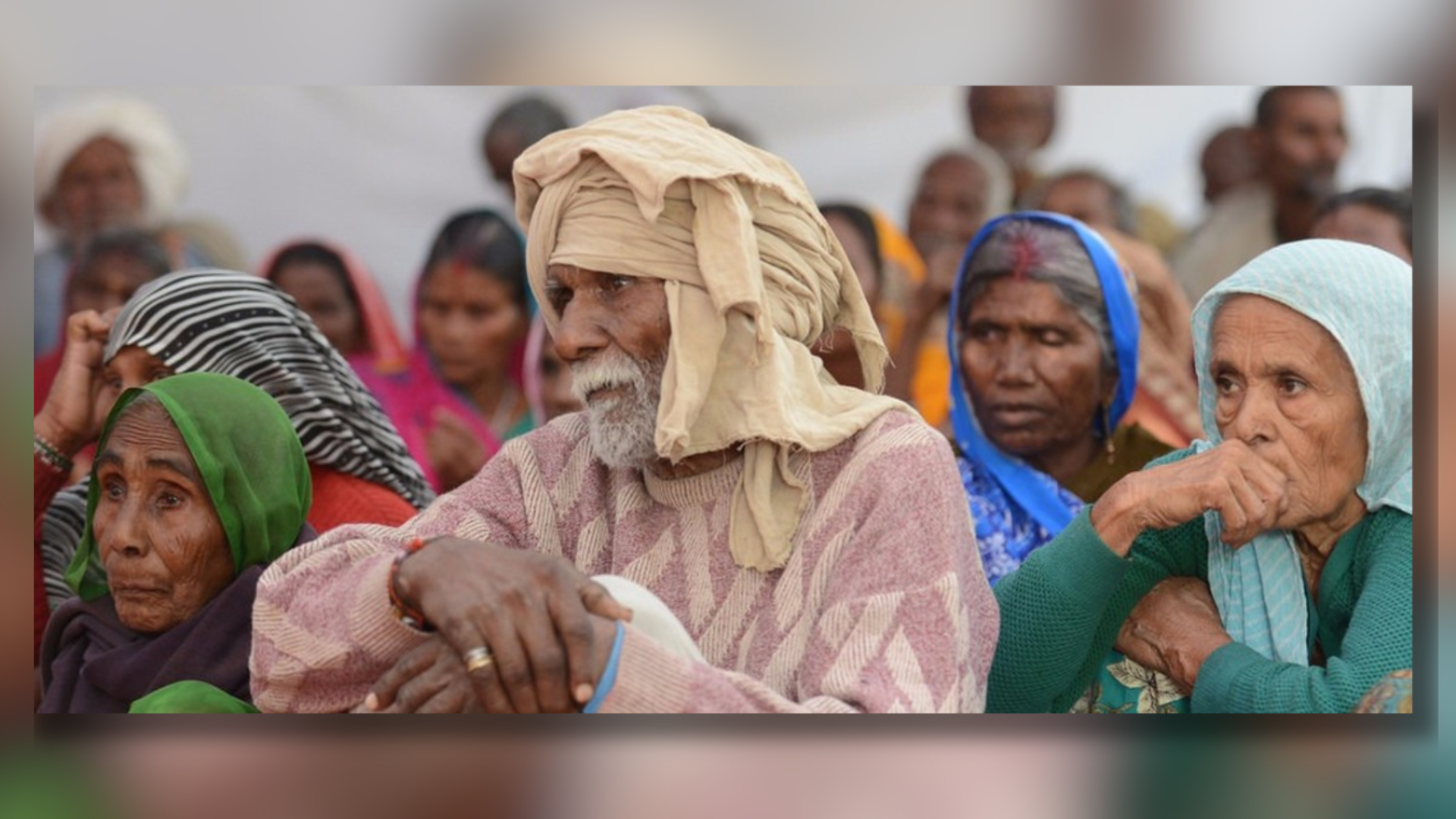


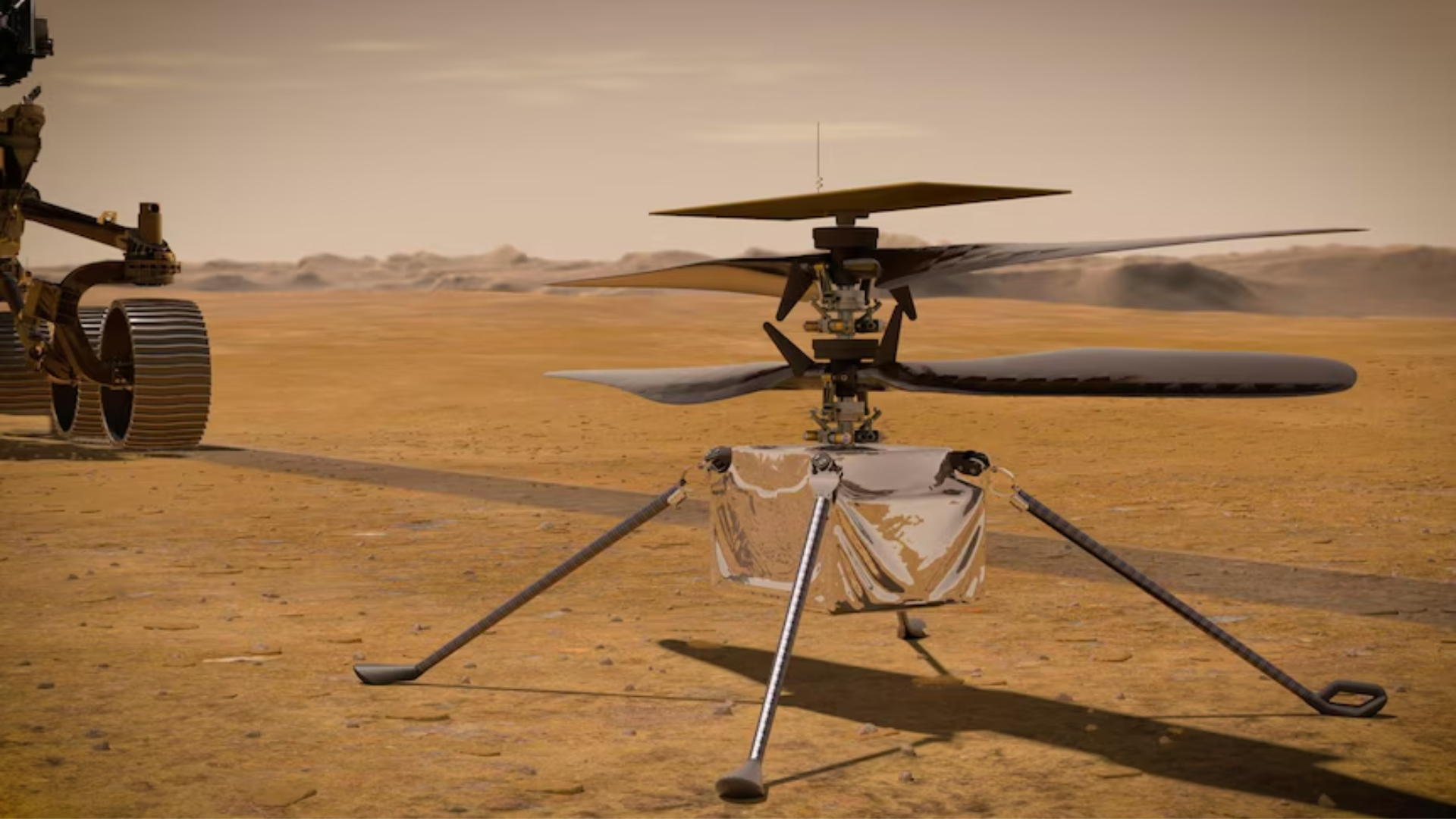
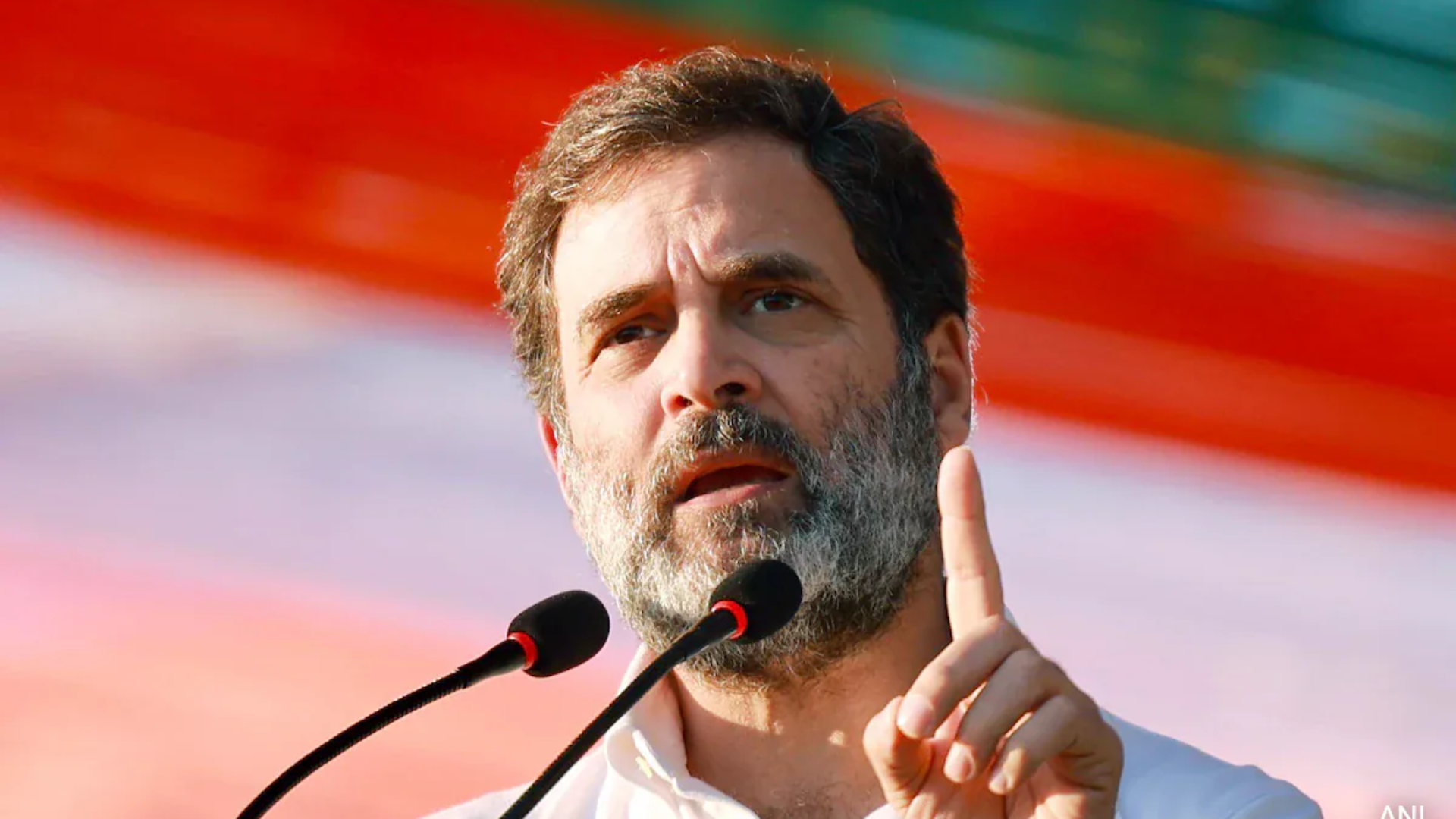

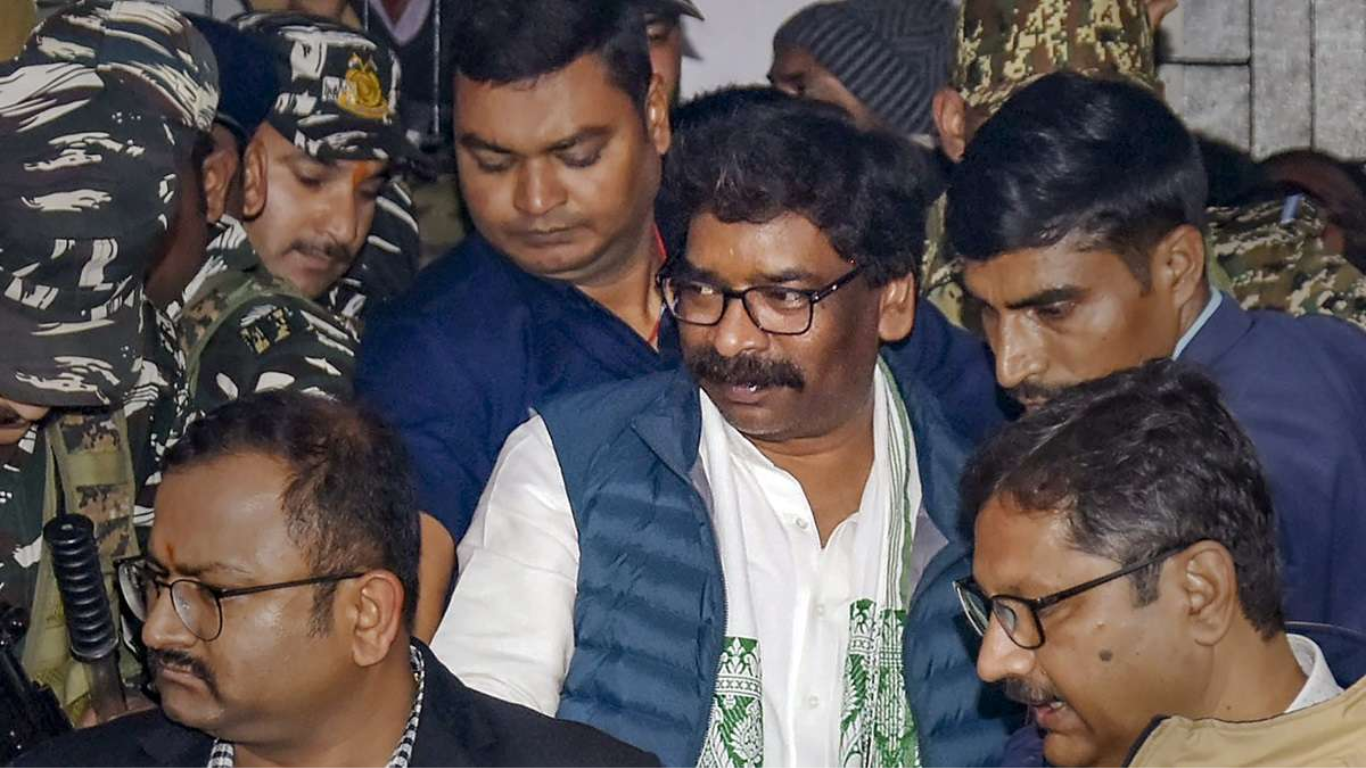

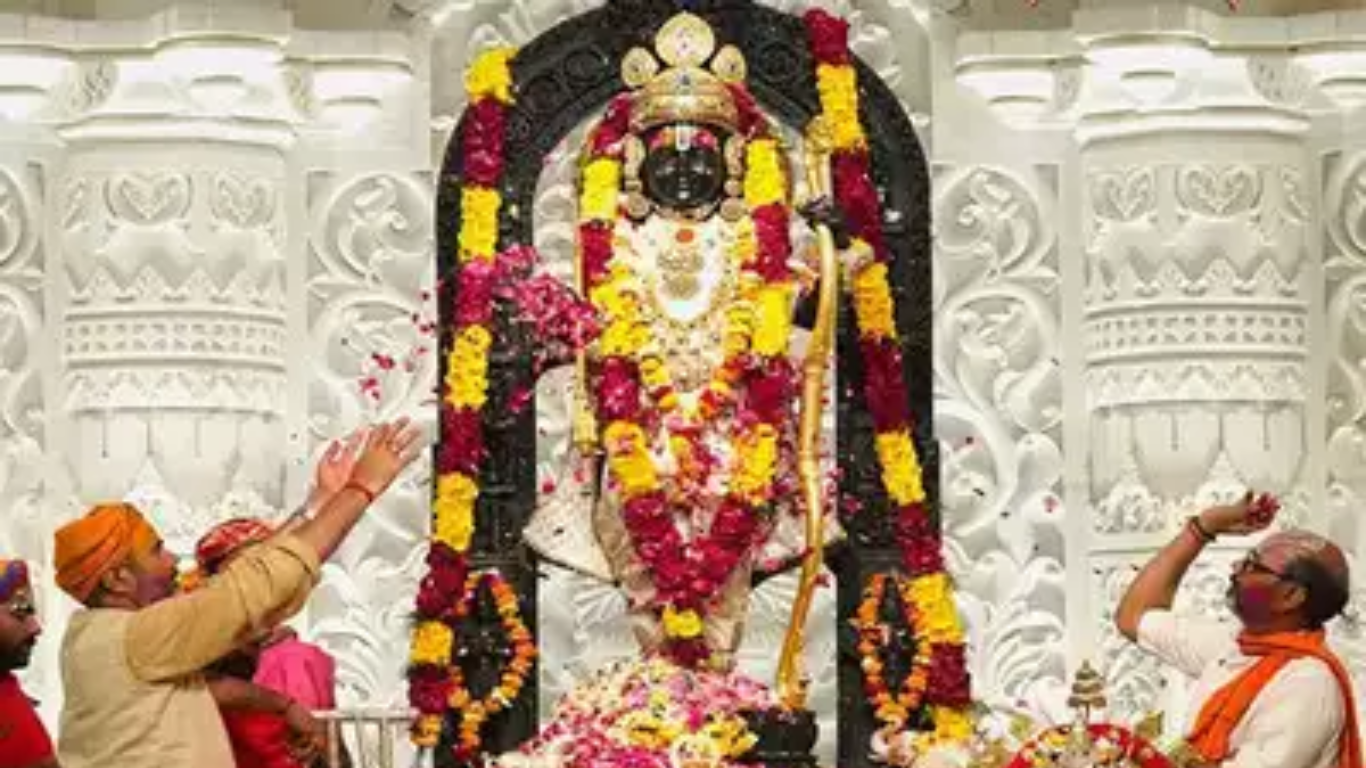
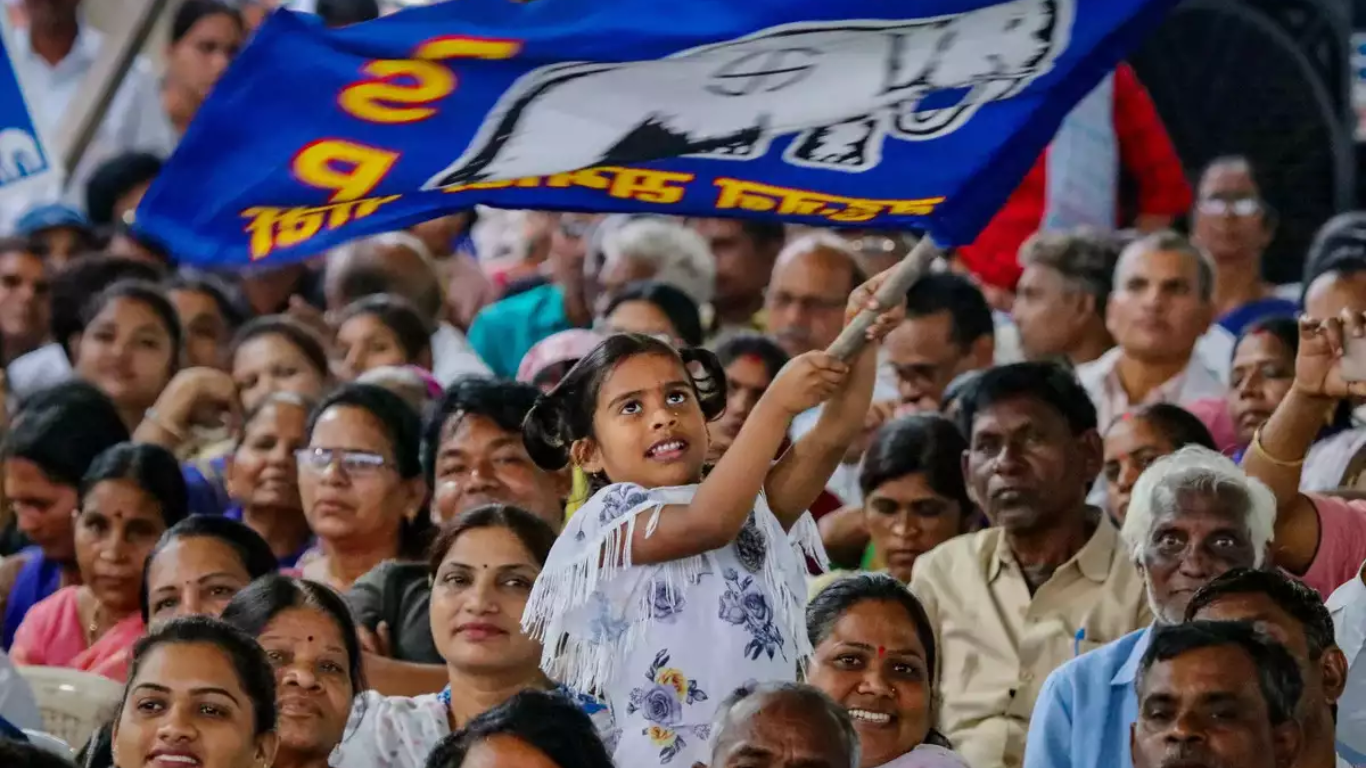

On Monday, Prime Minister Modi hosted a banquet lunch for the leaders attending the third India-Pacific Islands Cooperation (FIPIC) Summit in Papua New Guinea. Indian cuisine and millets were prominent.
PM Modi co-hosted a key summit between India and 14 Pacific island countries to strengthen bilateral ties with his Papua New Guinea counterpart, James Marape. Prime Minister Modi is the first Indian prime minister to visit the Pacific country.
The lunch included Indian cuisine like Khandvi, a popular delicacy from PM Modi’s home state of Gujarat; millet and vegetable soup made with Kodo millet and highland vegetables served with cornbread; malai kofta (cottage cheese and vegetable balls simmered in aromatic Indian rich kofta curry); Rajasthani ragi gatta curry, prepared with finger millet and gram flour dumplings cooked in sour gravy; vegetable Kolhapuri (a mix vegetable cooked with traditional Indian onion-tomato gravy) and dal panchmel (special lentils mix cooked in Mewar style).
There was also millet biryani, vegetable biryani made with nutrient-rich barnyard millet, and nannu fulka, bread made with wheat flour.
Desserts and beverages on the menu included masala chaas, a drink made with creamy yoghurt and Indian spices; paan kulfi, a betel leaf-flavored milk-based Indian dessert; and malpua with rabdi, an Indian sweet pancake.
The inclusion of millets in Indian cuisine reflects the importance India puts on millets as well as the country’s attempts to raise awareness about food security and nutrition. PM Modi gave millets a new purpose and dimension by naming them “Shree Anna.”
In March 2021, the United Nations General Assembly declared 2023 to be the International Year of Millets on India’s initiative.
Millets were among the first crops to be grown in Asia and Africa. Later, it became an important food source for advanced civilizations all over the world. These small-seeded and hardy crops, one of the oldest foods known to mankind, can grow on said lands with minimal inputs and are resistant to climate change.
Enhanced varieties, longer shelf life, efficient processing, and market access are all critical to strengthening the millet value chain, making it an ideal solution for countries seeking to increase self-sufficiency and reduce reliance on imported cereal grains.
The United Nations initiative to declare 2023 the International Year of Millets aims to raise awareness of millets for food security and nutrition, increase investment in R&D and extension, and inspire stakeholders to improve millet production, productivity, and quality.
Millets can develop from seeds to ready-to-harvest crops in a short period of time due to their short growing season. This feature of millets is critical in densely populated areas around the world. Millets can be stored properly for two years or more.
Jowar (sorghum), Bajra (pearl millet), Ragi (finger millet), Jhangora (barnyard millet), Barri (common millet), Kangni (foxtail/ Italian millet), Kodra (kodo millet), and other millets are commonly grown in India.
Millets contain a high concentration of proteins, antioxidants, minerals, and other nutrients. It lowers blood sugar and cholesterol levels and is gluten-free, making it an excellent staple diet choice for celiac disease patients.
It has a low glycemic index, making it an excellent choice for diabetics and those suffering from related issues.
Read Also : Tamil Nadu CM M K Stalin takes a dig at Centre for banning ₹2000 notes
Follow us : Twitter


